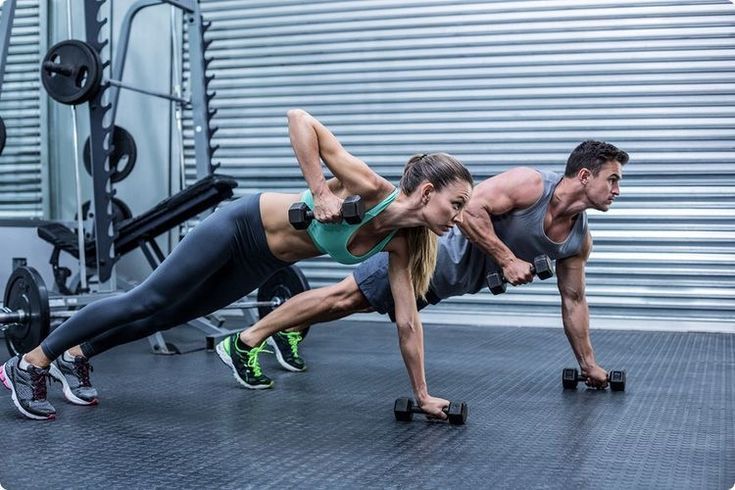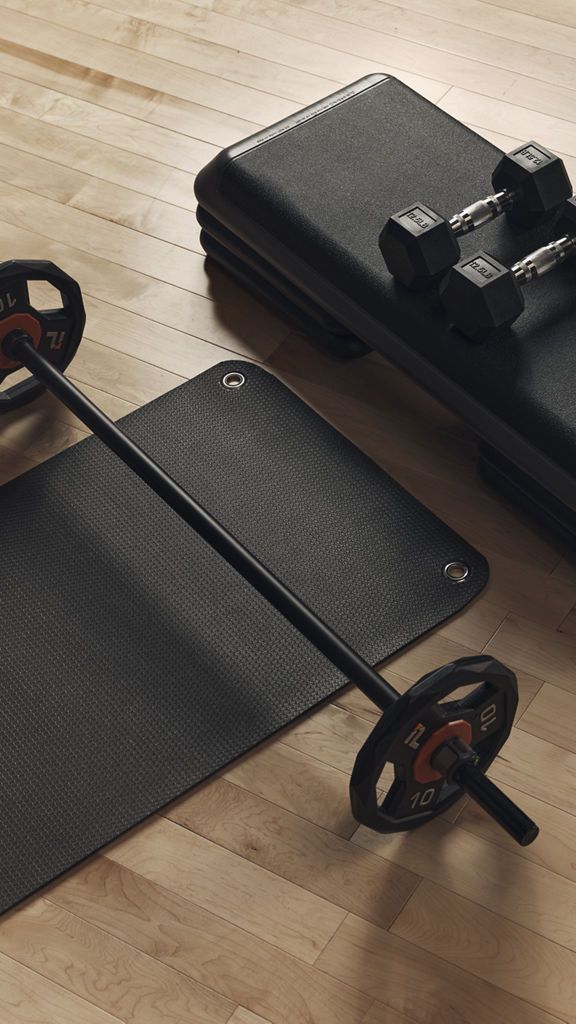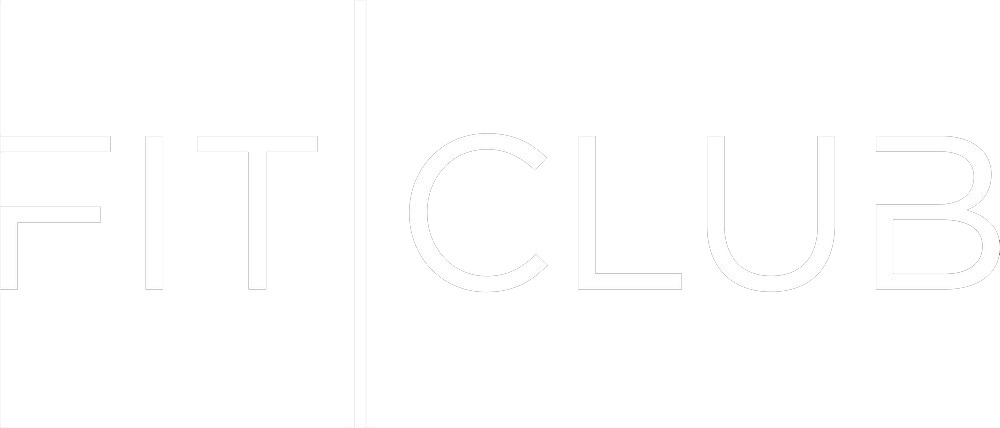Strength Training for Beginners: A Step-by-Step Guide
If you're new to
strength training, you may feel overwhelmed by various exercises, equipment, and techniques. However, strength training is an essential component of fitness that helps build muscle, burn fat, and improve overall health. Whether you're working out at home or in the gym, this guide will walk you through everything you need to know to begin your gym workout with confidence.
Benefits of Strength Training
Incorporating strength training into your fitness routine provides numerous advantages beyond building muscle. Whether you aim to enhance athletic performance, improve overall health, or boost confidence, strength training plays a vital role in achieving long-term fitness goals.
Increased Muscle Strength and Endurance
Regular strength training helps develop stronger muscles, making daily activities easier while improving your stamina for physical exertion.
Enhanced Metabolism for Fat Loss
Engaging in resistance exercises promotes muscle growth and increases metabolic rate. A higher metabolism helps burn more calories, making an effective tool for fat loss and weight management.
Improved Bone Density and Joint Health
Lifting weights and engaging in weight-bearing exercises strengthen bones and reduce the risk of osteoporosis. Additionally, strength training supports joint stability and reduces the likelihood of injuries.
Greater Athletic Performance and Injury Prevention
Strength training enhances overall athletic ability by building stronger muscles, ligaments, and tendons. It also helps prevent injuries by improving balance, coordination, and flexibility.
Boosted Mental Well-Being and Confidence
Regular strength training has been linked to reduced stress, anxiety, and depression. The sense of accomplishment from lifting heavier weights and reaching new fitness milestones fosters confidence and a positive mindset.
Incorporating strength training into your routine at
FitClub can help you achieve these benefits in a structured and supportive environment. Whether you're a beginner or an experienced lifter, our expert trainers and tailored programs ensure you get the most out of every session.
Essential Strength Training Exercises
For beginners, focusing on fundamental movements helps build a solid foundation. Try incorporating these key exercises into your gym workout routine:
- Squats – Strengthen your legs, glutes, and core.
- Deadlifts – Build full-body strength, particularly in your back and hamstrings.
- Bench Press – Target the chest, shoulders, and triceps.
- Rows – Develop a strong back and arms.
- Planks – Engage the core and improve posture.
How to Structure Your Strength Training Routine
A well-balanced plan ensures steady progress while minimizing the risk of injury. Here's a simple, beginner-friendly schedule:
- Day 1: Upper Body (Bench Press, Rows, Shoulder Press)
- Day 2: Lower Body (Squats, Deadlifts, Lunges)
- Day 3: Full Body (Combination of exercises and core work)
Tips for a Successful Strength Training Journey
Starting a strength training program requires proper technique and a strategic approach. Following these key tips can help ensure progress while minimizing the risk of injury:
Begin with Light Weights and Focus on Form
Proper form is crucial in strength training to prevent injuries and maximize muscle engagement. Start with lighter weights and gradually perfect your technique before increasing resistance.
Gradually Increase Resistance as You Gain Confidence
As your strength improves, progressively add weight to challenge your muscles. This gradual progression helps avoid plateaus and supports continuous growth.
Prioritize Rest and Recovery to Allow Muscles to Repair
Strength training places stress on muscles, making recovery essential for growth. Ensure you allow enough time between sessions for muscle repair and avoid overtraining.
Pair Workouts with a Nutritious Diet to Support Muscle Growth
A
well-balanced diet of protein, healthy fats, and carbohydrates fuels workouts and promotes effective recovery. Proper nutrition enhances energy levels and maximizes muscle-building potential.
Incorporating these tips into your routine at
FitClub can set you up for long-term success in your fitness journey. Our expert trainers and community-based programs provide the guidance and motivation you need to reach your goals.
Start Your Strength Training Journey with FitClub
Whether you're a beginner looking to improve your gym workout or an experienced lifter refining your technique,
FitClub offers expert trainers, top-notch equipment, and supportive group fitness sessions to keep you on track.
Join us today and take the first step toward a stronger, healthier you!




